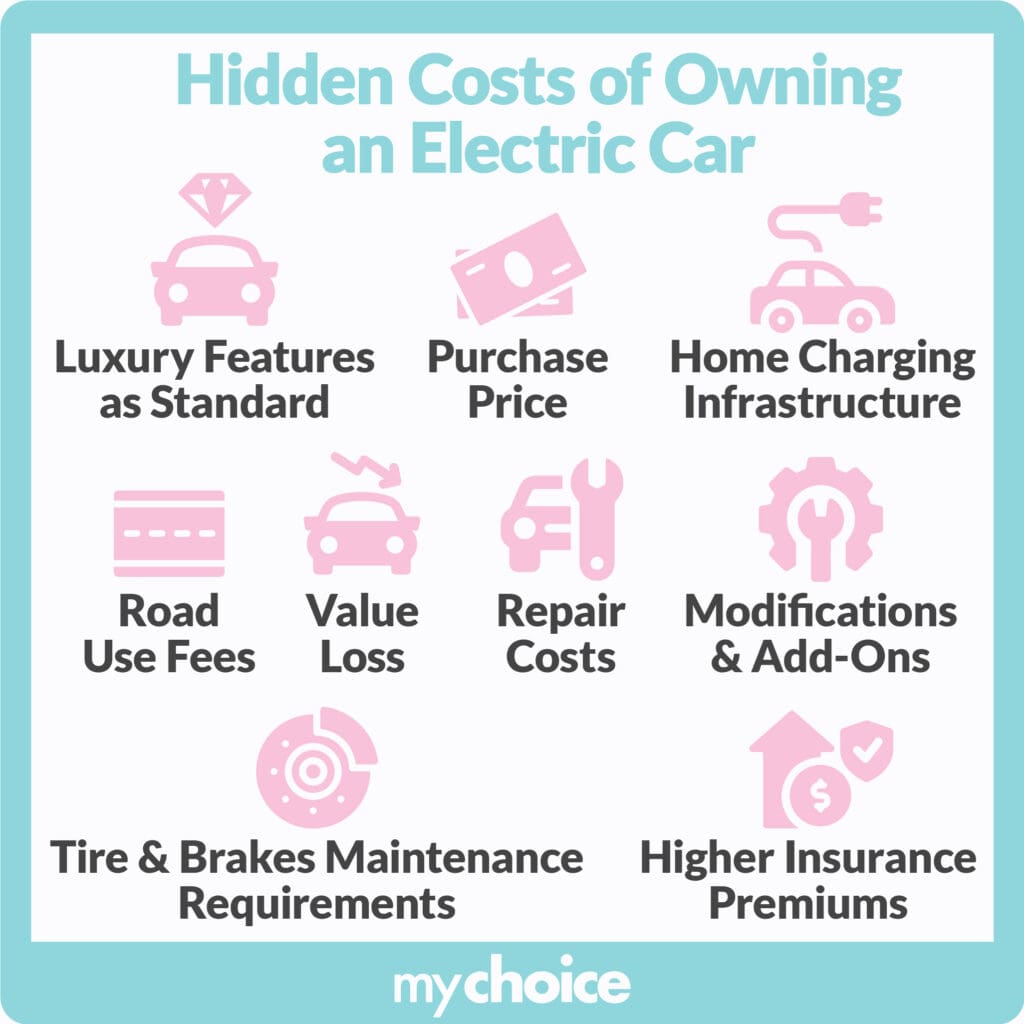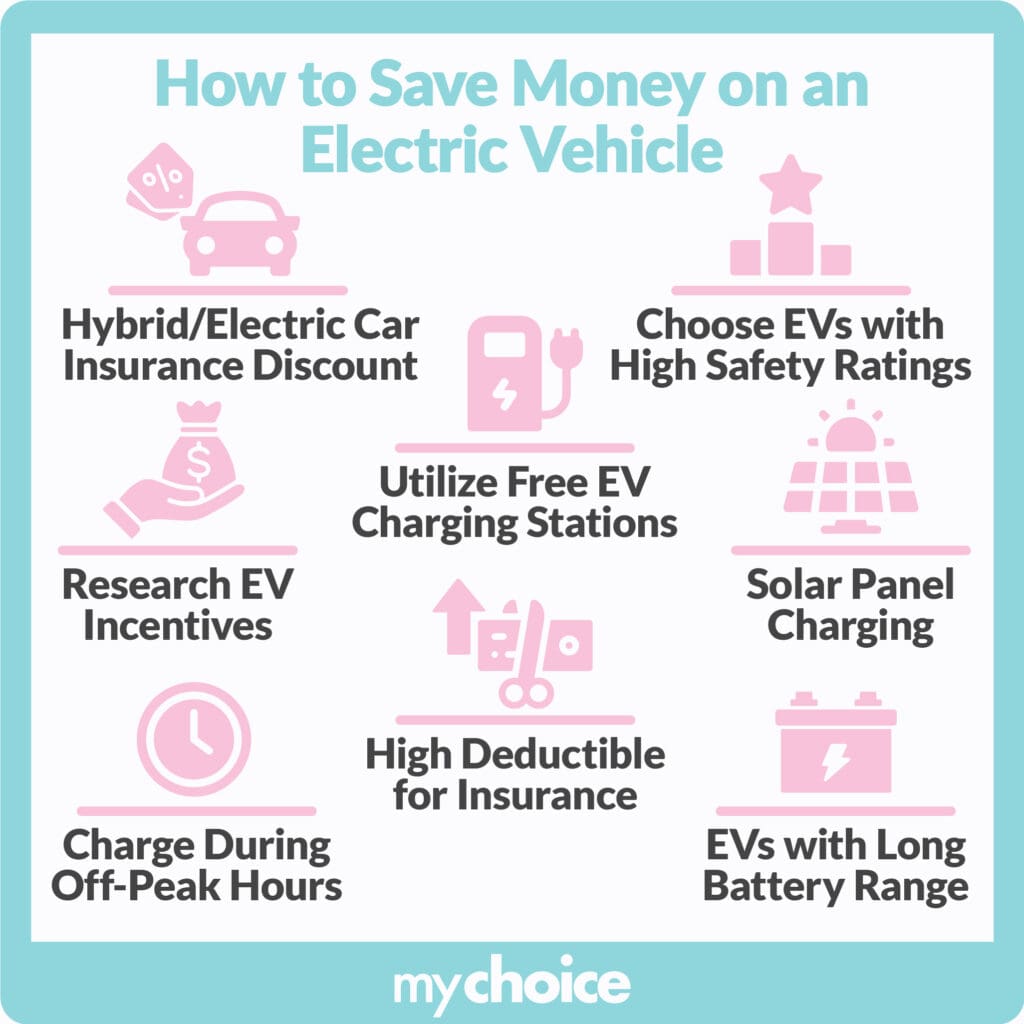Electric cars are all the rage at the moment, but beyond the veil of low emissions and lower gas prices are hidden costs related to charging, battery replacement, maintenance, and the ever-climbing insurance premium. Luckily, doing a little bit of research (like reading this article) can demystify the hidden costs of owning an electric car and help you make smarter decisions.
Without further ado, let’s dive in.
The Hidden Costs of EV Ownership
While electric cars have become more popular in the face of soaring gas prices, owning one comes with a new set of financial constraints that may not be immediately obvious. Let’s take a closer look at the factors you need to consider.
In sum, you may want to schedule a meeting with your insurer of choice (or use an online quotation service) before settling on an electric car. This way, you’ll understand the full breadth of your monthly spending capacity and be able to make more fiscally responsible choices.

Electric Vehicle Chargers Infrastructure and Accessibility in Canada
Earlier we mentioned something called “range anxiety”, which is a fancy way of describing the feeling of anxiousness around running out of juice while you’re on a long-haul journey in your EV – which makes sense when you’re unsure if there’s going to be a reliable charging station in the next few miles. This is a big concern particularly for rural car owners, since they’re usually the last to get the necessary upgrades for supporting EV usage.
Luckily, the Canadian government has initiated a push toward outfitting more public spaces with EV chargers beyond the confines of city centers, with the number of publicly accessible EV chargers tripling since 2018 – with the cost to charge an electric car in Ontario, British Columbia, and beyond becoming less of an issue. That said, the distribution of these chargers does tend to lean more toward states that overall have more EV owners.
To incentivize more EV chargers popping up where people need them most, some local governments have started offering monetary support for local businesses and other public spaces looking to install their Level 2 or Level 3 EV chargers outside their establishments – which is a win-win situation for EV owners and business operators.
In short, while there is room for improvement when it comes to EV charger accessibility, the number of charging stations has greatly increased in the last couple of years and will continue along this trendline.
Canadian Government Incentives and Rebates for EVs
Despite the numerous hidden costs of owning an electric vehicle, there are government incentives that make the process more affordable overall. That’s because EVs are instrumental in the push toward a more sustainable and clean future for Canadians through a program called iZEV, or the Incentives for Zero-Emission Vehicles Program.
As the name suggests, these incentives are extended to owners of zero-emissions vehicles like battery electric vehicles, hydrogen fuel cell vehicles, and plug-in hybrid electric vehicles. These cars may still have internal combustion engines (shortened to ICE), but must be able to operate without it.
All of this said, rebates and incentives are specific to the individual cost of the vehicle vis a vis the state it was purchased in. Here are a few examples of programs that may apply to your vehicle purchase:

Key Advice from MyChoice
Here are some key takeaways from MyChoice:
- While electric vehicles are cheaper in terms of fueling vs. charging, they do have a few “hidden” costs like maintenance, insurance premiums, and installing a charging station at home.
- On top of this, EV owners may struggle with finding reliable charging stations in more rural areas, though there have been legislative pushes to remedy this issue.
- Potential EV owners in different states may be eligible for different kinds of rebates, so be sure to check in with your local government or relevant organizations before committing.








